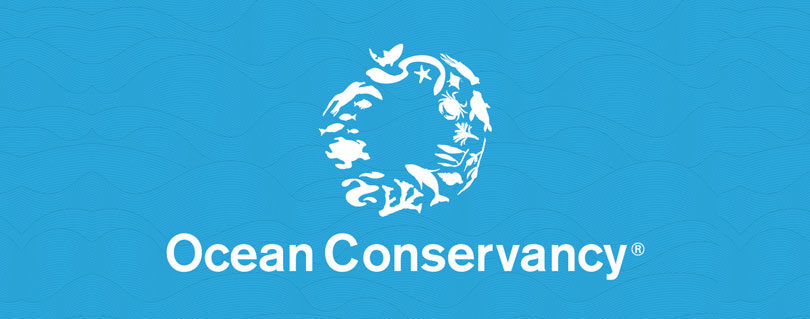A Win for Gulf Sea Turtles
Published by Ocean Conservancy
We’re thrilled that “2045: The Gulf Restored”
won first-place winner at Harte of the Gulf film competition!
The competition, hosted by at the Harte Research Institute at Texas A&M University in Corpus Christi, seeks to engage the Gulf of Mexico community through education and film and to showcase the work of local filmmakers.
Our film begins in 2045 with a sea turtle returning to lay her eggs on a beach in Alabama—the same beach where she hatched in 2010 during the height of the BP oil disaster. Thanks to the efforts of people like you to restore the Gulf, she doesn’t find an oiled beach. She finds pristine white sands and an ocean teeming with life. That’s a future Ocean Conservancy would like not just for sea turtles but also for all life that depends on a healthy ocean.
Getting there won’t be easy.
All five species of sea turtles in the Gulf are listed as threatened or endangered under the Endangered Species Act. It is estimated that somewhere between 61,000 and 173,000 sea turtles—of all ages—were killed during the BP oil disaster. To help sea turtles in the Gulf recover, we need to put ourselves in their shoes (shells?) and imagine the kind of obstacles they face on a daily basis as they travel through the Gulf.
Here’s how science can help.
Ocean Conservancy’s new report Restoration without borders: An assessment of cumulative stressors to guide large-scale, integrated restoration of sea turtles in the Gulf of Mexico does just that. We created a map of what sea turtles like the one in our video must navigate through to survive from the day they hatch and make the frenzied race to the water to their return trip to their home beach when it’s time to nest.
As human uses of our ocean increases in the Gulf, our report identifies points where turtles face the biggest challenges like loss of beach habitat or entanglement in marine debris.
Instead of considering one factor at a time, we looked at it as a whole, presenting the full landscape of impacts in context of each other. It provides conservationists and marine scientists a better understanding of the problems and how best we can work on fixing it.
We hope this report is a valuable resource to the decision-makers who are deciding where to invest the BP restoration funds. For example, threats like light pollution can be reduced to have a net positive impact on turtle restoration across the Gulf using our recommended methods to keep track of restoration benefits. It’s like an accounting system where we can pay down the debt on environmental degradation or stress through positive restoration actions.
As the five Gulf states and six federal agencies allocate the billions of dollars from BP and other parties to restore the Gulf over the next 15 years, we call on them to use the best science available to restore iconic wildlife like sea turtles, not just within state borders but across the entire Gulf of Mexico.
The post A Win for Gulf Sea Turtles appeared first on Ocean Conservancy.
Read the full article at: https://oceanconservancy.org/blog/2017/10/19/win-gulf-sea-turtles/


